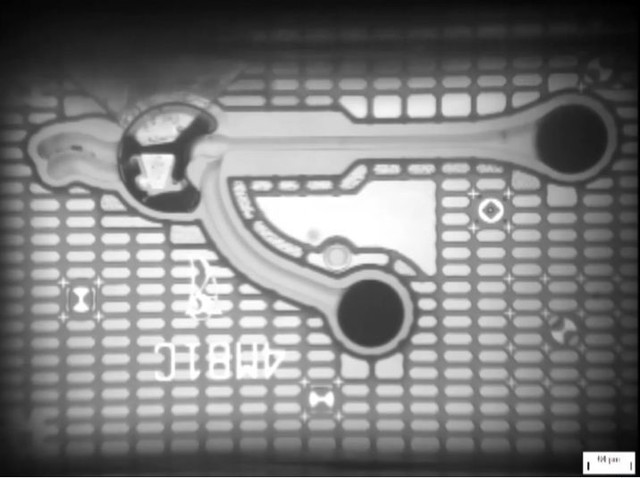Why it matters to you
By smashing brain cells, researchers can better understand — and someday treat — brain conditions such as Alzheimer’s and TBI.
The world’s smallest hammer has been created to study what happens to brain cells when we hit our head. The goal for the University of California, Santa Barbara researchers behind the project is to uncover the physical underpinnings of traumatic brain injuries (TBI) in order to develop better treatment methods.
“This is new territory,” Kimberly Foster, one of the principal investigators leading the project, told Digital Trends. “We are not yet sure of what we will find! This is what makes this science so interesting and exciting.”
Along with Megan Valentine, Adele Doyle, and research student Luke Patterson, Foster will study how impact affects neural stem cells. But cells are small and the researchers needed a cellular-scale device to test and measure the damage, so they developed a tiny hammer.
More: Innovative brain-reading cap allows ‘locked-in’ patients to communicate with doctors
“The microhammer is a silicon micromechanical device, known as MEMS,” Foster explained. “The hammer is deployed using a magnetic force. It was fabricated in a cleanroom utilizing tools similar to those used to make microprocessor chips.”
Foster and her team’s microhammer was designed by modifying a cell-sorting technology developed by Owl Biomedical, a biotech company that will collaborate with the researchers in the study.
“With the microhammer device we not only provide TBI-relevant forces to cells, we can collect the cells after impact and assess their biochemical and structural changes over time,” Valentine told Digital Trends.
Though the project is still in its infancy it shows promise to illuminate the mechanisms at work beneath our skulls by impacting and precisely measuring physical, chemical, and biological effects.
“There is so much we don’t understand about the brain, and in particular how forces are sensed and processed,” Valentine said. “We hope the tools we develop will allow us to understand the complex interactions between force inputs and biological outputs, including changes in cell composition, function, and viability.”
The project is part of the federal Brain Research through Advancing Innovative Neurotechnologies (BRAIN) Initiative.

